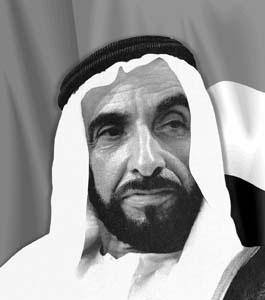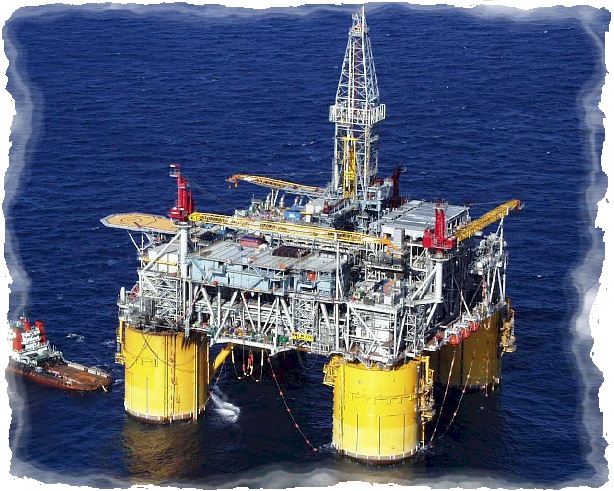|
|
United Arab Emirates
Sheikh Zayed's presidential role

Sheikh Zayed bin Sultan Al Nahyan, Ruler of Abu Dhabi from 1966 until his death in November 2004, was elected first President of the UAE in 1971, a post to which he was re-elected at successive five year intervals. A driving force in the creation of the federation, he worked to achieve his vision of a society with high quality welfare, education, health and housing for all citizens by utilising Abu Dhabi's oil revenues to fund projects throughout the federation. Overseas, he gained a reputation as a sagacious statesman, keen to promote conciliation where possible, but at the same time firmly on the side of justice and international law. Under his leadership, the UAE has supported the Palestinians in their struggle for their homeland, was an active member of the coalition that liberated Kuwait in 1991, and is a major contributor to the international peacekeeping force in Kosovo. The country has also been a major donor of international relief aid and development assistance, reflecting Sheikh Zayed's firmly held Moslem faith, with the duty it places on believers that they should assist others less fortunate than themselves.
The Discovery Of Oil
It is now over four decades since oil production first began
in the United Arab Emirates. The story of oil, however,
goes back much further. In the 1930s, the consortium of
what became BP, Shell, Total, ExxonMobil and Partex,
operating in Iraq as the Iraq Petroleum Company, turned
their eyes to the Lower Gulf. Over the next few years,
several concession agreements were signed, of which the
most important was that with Abu Dhabi in January 1939.
To handle those in the Trucial States, as the UAE was then
known, IPC established a subsidiary, Petroleum Development (Trucial Coast),
PD(TC), which drilled its first well at Ra’s Sadr, north-east of Abu Dhabi, in 1951.
Although dry, it was, at the time, the deepest well ever drilled in the Middle East.
PD(TC) drilled several other wells before finding traces of hydrocarbons at
Murban, (now known as Bab), south-east of Abu Dhabi, in 1954. With its third well
on this structure completed in 1960, PD(TC) declared the field commercially viable
and it went into production in 1963. The company was later renamed the Abu
Dhabi Petroleum Company (ADPC).
Meanwhile, in 1953, BP had negotiated an offshore concession, assigned to a
specially created subsidiary, Abu Dhabi Marine Areas Ltd (ADMA). Surveys were
carried out with the assistance of the famous French underwater explorer, Jacques
Cousteau. The first well was drilled on a structure called Umm Shaif in 1958,
and struck oil in massive quantities. With Das Island as the export terminal, Umm
Shaif went into production in 1962.
Since then, many more important fields have been identified, while the Abu
Dhabi National Oil Company (ADNOC), established in 1971, has now taken
controlling shares in the concessions, with ADMA being replaced as operator by
the Abu Dhabi Marine Operating Company (ADMA-OPCO) and ADPC by the Abu
Dhabi Company for Onshore Oil Operations (ADCO), although foreign shareholders
retain a share.
Memories of the early days of exploration are now fading fast. The results of
the efforts of those, both UAE nationals and expatriates, who took part, however,
continue to define the economy of the United Arab Emirates today.


|
|